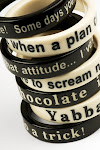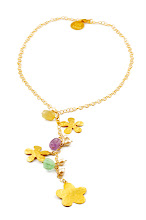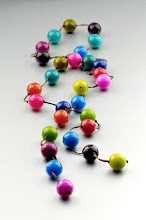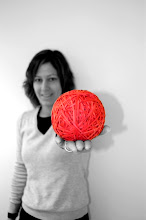Taken from our July newsletter top tips.... hop over to www.balagan.co.uk to sign up
While we all like to think of ourselves as making rational choices based on intellect, but actually our irrational minds are steeped in cultural biases, generated from our upbringing, generation, surroundings and a whole host of other subconscious factors that exert a hidden influence over the choices we make every day.
So what does this mean for the sales process that we go through tons of times a day?
Firstly, You should never focus your sales message to selling a specific product – even if that is the end goal.
This is because you are actually selling a result, a problem solved, a benefit, an experience or in real terms, an emotional connection.
There are millions of products out there, even if your shop sells the fanciest and most luxurious widget on the block.
Its worth knowing that your customer will actually buy based upon a perceived emotion. So, if you fancy yourself as a good salesperson, this is a really effective tool for closing sales.
This is a continuance of the features v’s benefits sales strategy.
For example, if you were selling a supercool luxury car, you could focus on engine power, speed, and all the mechanical items that go into making this a luxury ride, or you could focus on the status, the experience and how your customer would feel sitting in that car and being the owner of that car, and create an emotional response that motivates your customer to buy.
For example, would they feel, cool, sexy, confident, successful? If you connect with your customer and talk about how this purchase will benefit them personally you’re much more likely to make a sale.
This works fabulously in boutiques – Why do we buy clothes? – to feel good, confident, to fit in, and a host of other reasons. If you can tap into the reasons behind the purchase then its much easier to sell the product.
If you’re thinking we’re a gift shop – it doesn’t work for us – then you could be missing a trick. Why do customers come to your shop? To browse, some “me time”, to solve a problem, or to treat themselves or someone close to them, or even for a chat with you ?
If you understand what’s going on behind the conversation then the transaction will flow much more smoothly.
By the way, anyone who hasn’t already we recommend Martin Lindstrom’s book “Buy.ology” How everything we believe about why we buy is wrong….
He basically created a new science – neuromarketing ! Which is a mix or marriage really, of marketing and science. He describes it as the key to unlocking the subconscious thoughts, feelings and desires that drive all our purchasing decisions….
And who among us doesn’t want to know that ?
skip to main |
skip to sidebar

Blowing in the wind, launch at NEC Autumn Fair

Backwards in high heels

Balagan owner recruited by Sage Business Experts Programme
Cyberlyly monochrome script bangles just arrived !
Blowing in the wind, launch at NEC Autumn Fair

Blowing in the wind, launch at NEC Autumn Fair
Backwards in high heels

Backwards in high heels
Followers
About Me

- BalaganAdmin
- The Balagan Group are creative and energetic designers of high fashion branded jewellery collections that provide self-expression, confidence and fun for the wearer. With over 1,800 stockists throughout the UK and overseas. We're leaders in the high fashion jewellery sector and we we're working harder than ever to deliver to our customers...!































































.png)





























.jpg)
.jpg)



.jpg)








